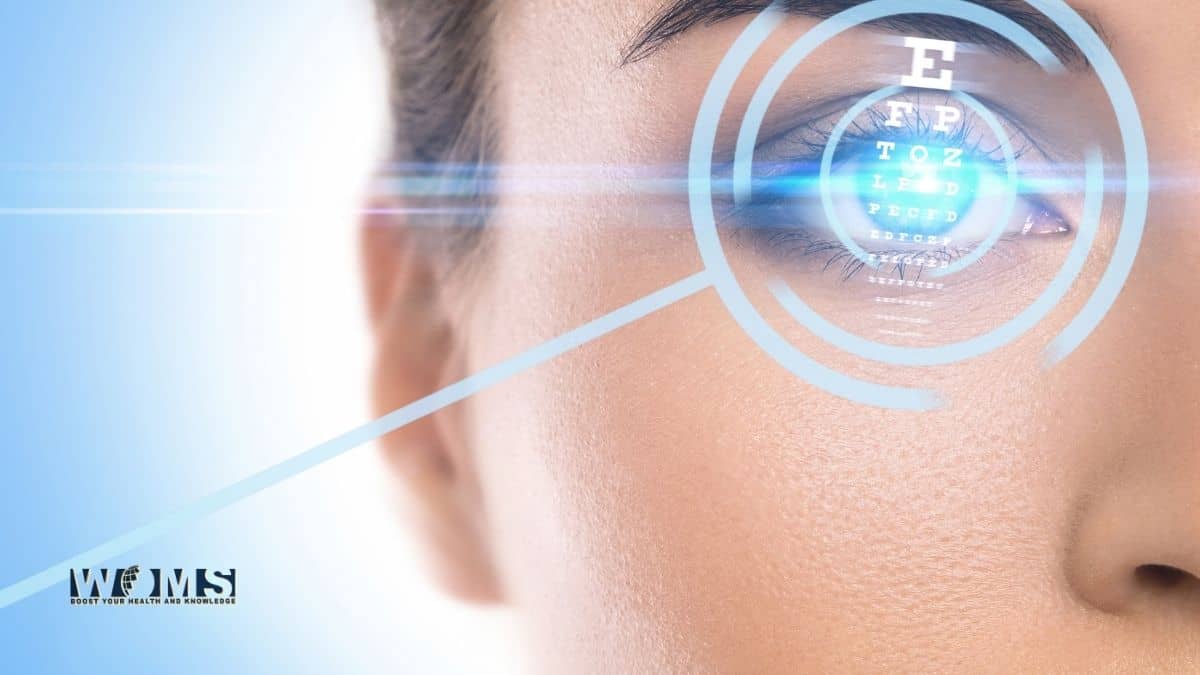Vision Correction – What is the Most Advanced Laser Eye Surgery?

Laser vision correction is designed to decrease or eliminate the need for contact lenses or glasses. Laser vision correction is also considered one of the most advanced forms of technology in the entire medical profession.
Moreover, recent advancements in the field have made laser vision correction even more effective and safe. Advanced laser eye surgery is safe, effective, economical, reliable, and involves less recovery time than many other surgical procedures.
Different Types of Vision Correction Procedures
LASIK involves reshaping the patient’s corneal tissue to focus light so that it can reach the retina. LASIK is effective in treating astigmatism, nearsightedness, and farsightedness.
A flap of the outer layer of the patient’s cornea is made so that the surgeon can access the underlying tissue.
Thanks to recent advancements in computer imaging, surgeons can use the technology to help guide the surgery and generate highly detailed images of the patient’s cornea.
PRK uses a state-of-the-art laser to reshape the cornea. However, PRK only reshapes the corneal surface, dissimilar to LASIK. If you suffer from mild to moderate astigmatism, farsightedness, or nearsightedness, then you may be a good candidate for PRK.
LASIK is similar to PRK but involves a few differences. An alcoholic solution is applied to loosen some of the patient’s epithelial cells. A flap is created by the surgeon before the cornea is reshaped by a laser.
The surgeon then proceeds to set and secure the flap using a soft contact lens so that it can quickly heal around the correction. LASIK can be used to treat astigmatism, farsightedness, and nearsightedness.
ALK can be used to treat a few degrees of farsightedness, as well as severe nearsightedness. However, ALK is considered an antiquated form of corrective eye surgery and is replaced by LASIK in most countries.
A flap is made in the cornea so that the doctor can easily access the underlying tissue. No lasers are involved in LASIK. Instead, the surgeon will make a tiny incision in the sub-layer of the patient’s cornea to reshape it properly.
SMILE is used to treat astigmatism, nearsightedness, farsightedness, and presbyopia, which develops due to natural aging. A femtosecond laser is used to create a lenticule, which is a type of corneal tissue that is shaped like a disk.
The lenticule is subsequently removed by the surgeon. A corneal flap is not made during SMILE, unlike LASIK.
What is advanced laser eye surgery?
Laser vision correction has quickly become the gold standard in the medical industry. Recent innovations have made laser eye surgery even safer and more effective, with faster recovery times.
At one point, PRK was the most popular form of vision correction until it was succeeded by LASIK. While LASIK is still widely used, other treatments have also made splashes in the industry, including SMILE and PRESBYOND.
Before SMILE, the surgeon had to make a small corneal flap to reshape the underlying tissue. SMILE uses the Carl Zeiss VisuMax laser, which is less invasive.
SMILE has allowed patients who were not eligible for corrective eye surgery to enjoy near-perfect to perfect 20/20 vision.
For example, patients with an intolerance to contact lenses, those who require high prescriptions, and patients with very thin corneas or very dry eyes may be eligible for SMILE.
SMILE does not require that the surgeon switch between instruments and the procedure only takes about three minutes per eye to complete.
Presbyopia is a condition that affects many middle-aged and elderly adults. People with presbyopia will require reading glasses to read.
PRESBYOND helps adjust each eye to work better at a distance or in close proximity. Soon, the patient’s brain will adapt to this new way of seeing the world, and both perspectives are amalgamated so that a crisp image is formed.
97% of patients with presbyopia are eligible for PRESBYOND, and it has replaced monovision thanks to its greater visual acuity and superior depth of vision.
Importance of Vision Correction
Vision correction is cost-effective and will allow for better overall vision and ocular wellness. The risk of eye injuries and certain diseases will also be reduced.
There are many vision correction procedures that you may be eligible for, so please speak to a doctor to decide which is best for you.
Value Your Sight
Regular eye examinations will test your eyes for various vision problems, such as blurry or double vision. Keeping your eyes healthy and treating various eye diseases will help protect your eyesight.
If you do not wish to use glasses or contacts to correct your vision problem, advanced laser eye surgery may be for you.




